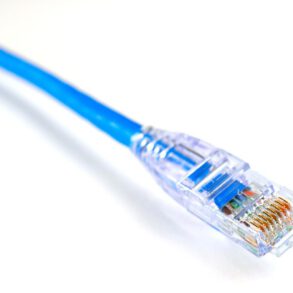What is wireless broadband (WiBB)?
Wireless broadband is high-speed Internet and data service delivered through a wireless local area network (WLAN) or wide area network (WWAN).
As with other wireless service, wireless broadband may be either fixed or mobile. A fixed wireless service provides wireless Internet for devices in relatively permanent locations, such as homes and offices. Fixed wireless broadband technologies include LMDS (Local Multipoint Distribution System) and MMDS (Multichannel Multipoint Distribution Service) systems for broadband microwave wireless transmission direct from a local antenna to homes and businesses within a line-of-sight radius. The service is similar to that provided through digital subscriber line (DSL) or cable modem but the method of transmission is wireless.
You also agree that your personal information may be transferred and processed in the United States, and that you have read and agree to the Terms of Use and the Privacy Policy.
A mobile broadband service provides connectivity to users who may be in temporary locations, such as coffee shops. Mobile broadband works through a variety of devices, including portable modems and mobile phones, and a variety of technologies including WiMAX, GPRS, and LTE. Mobile broadband does not rely on a clear line of sight because connectivity is through the mobile phone infrastructure. Mobile devices can connect from any location within the area of coverage. WiMAX supports both fixed and mobile wireless and is often predicted to become the standard for wireless broadband.
In the United States, the American Recovery and Reinvestment Act of 2009 (ARRA) provides for funding to stimulate broadband adoption, with an emphasis on wireless broadband. The Broadband Technology Opportunities Program (BTOP) was created to promote broadband access in unserved and underserved areas. Because such areas are typically remote or rural, deploying wired technology is much more difficult and expensive than wireless.




